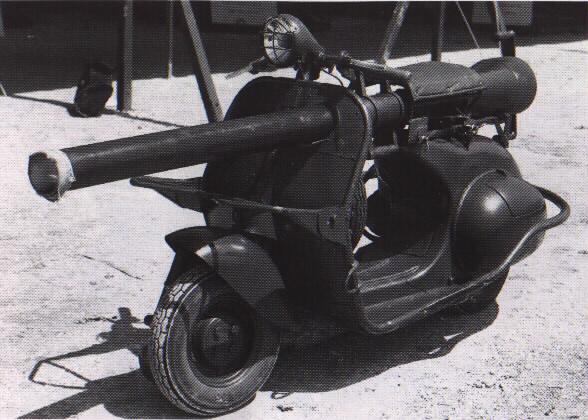We need a sexiest gun thread - it's only right.
H&k PSG1, I have no idea how good it is, but if guns were legal, it be my first purchase.
We need a sexiest gun thread - it's only right.
SAS (I think it's SASR/NZ SAS in the pic)
Strike Eagle's

The lack of symmetry in the formation is so annoying!!
 The F-16 Elephant Walk looked a lot better:
The F-16 Elephant Walk looked a lot better:
I don't think this can be topped. It will always have a special place in the history of the UK.
This experimental device was developed during World War II by behavioral psychologist B.F. Skinner, who experimented with harnessing pigeons' pecking movements to steer missiles. Skinner divided this nose cone into three compartments, and proposed strapping a pigeon in each one. As a bomb headed towards earth, each pigeon would see the target on its screen. By pecking at the image, the birds would activate a guidance system that would keep the bomb on the right path until impact. Skinner's idea received initial support, but the U.S. military finally dismissed it as impractical.
Notes One Skinner-trained bird pecked at an image more than 10,000 times in 45 minutes.
In 1942, the allies were suffering heavy losses of merchant ships to German U-boats as a result of the limited range of patrolling aircraft. Lord Louis Mountbatten suggested building large ships made of ice to protect allied merchant ships and possibly as a platform to launch an offensive from. Mountbatten, the Chief of Combined Operations, an organization responsible to the Chiefs of Staff for the development of equipment and special craft for offensive operations, had been advised by one of his scientists, Geoffrey Pyke, that huge ships of up to 4,000 feet long and 600 feet wide could be made cheaply and in large numbers.
Winston Churchill, Britain’s PM was enthusiastic of the project and saw to it that it got underway. In 1943, it was discovered that by adding wood pulp to the water before freezing, a very tough material was made which was called ‘pykrete’, in honor of Geoffrey Pyke. It was reported that when demonstrating the idea to a group of high brass military leaders, Mountbatten fired a shot at an ordinary block of ice, which shattered into little pieces. However when he fired at the Pykrete, the bullet bounced right off and almost hit the Chief of Air Staff Sir Charles Portal.
Construction on a prototype began at Patricia Lake in the Canadian Rocky Mountains, and it was determined that the hull needed to be at least 35 feet thick in order to contain damage from bombs and torpedoes. However before tests were complete, the Battle of the Atlantic had been virtually won and with the construction underway of the new aircraft carriers, the project was reluctantly abandoned in August 1943.




 ) but only 3 shots had penetrated.
) but only 3 shots had penetrated.
Dora, a WW2 80cm gun capable of firing a 7 tonne shell 30 miles.
EDIT: corrected stats.





